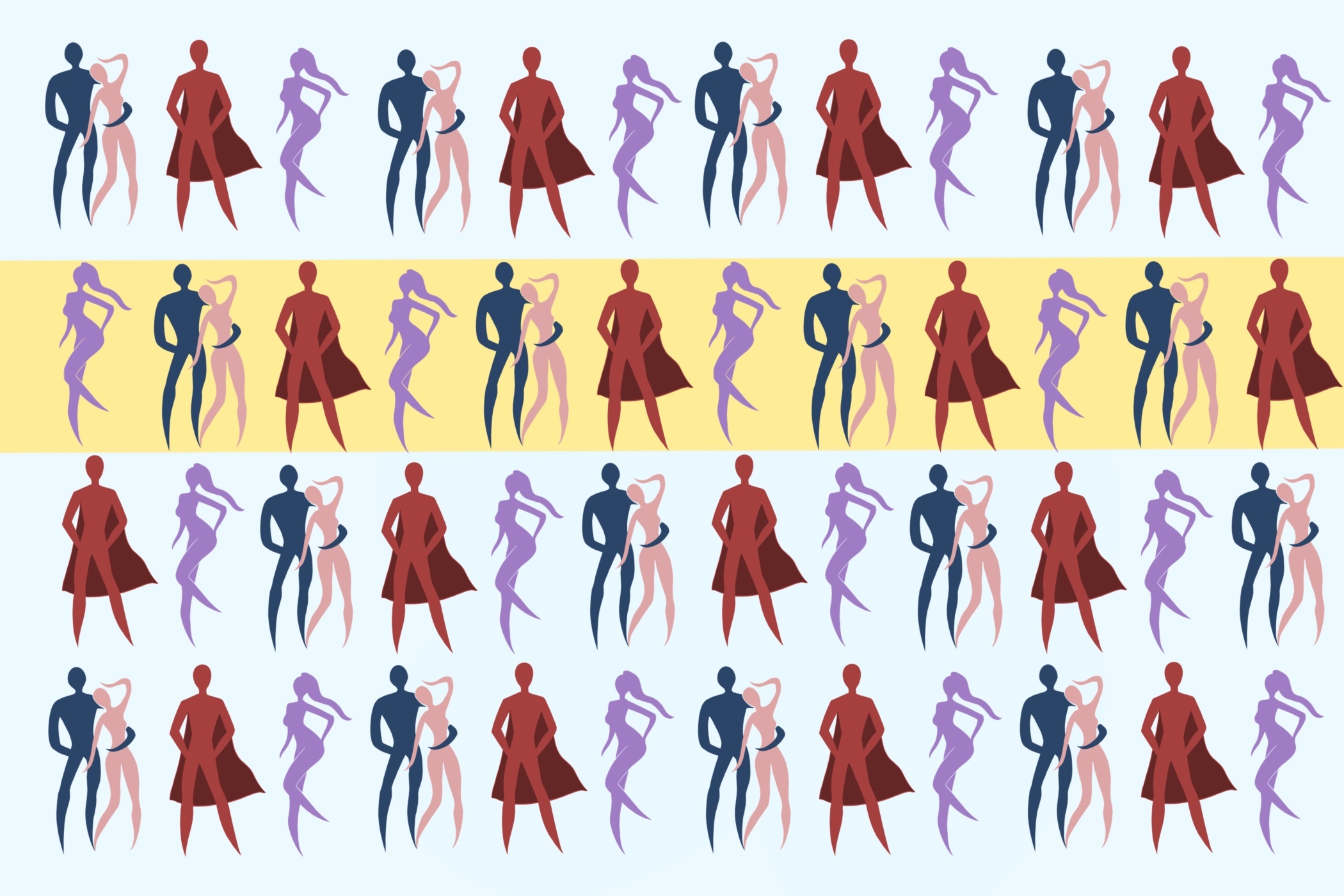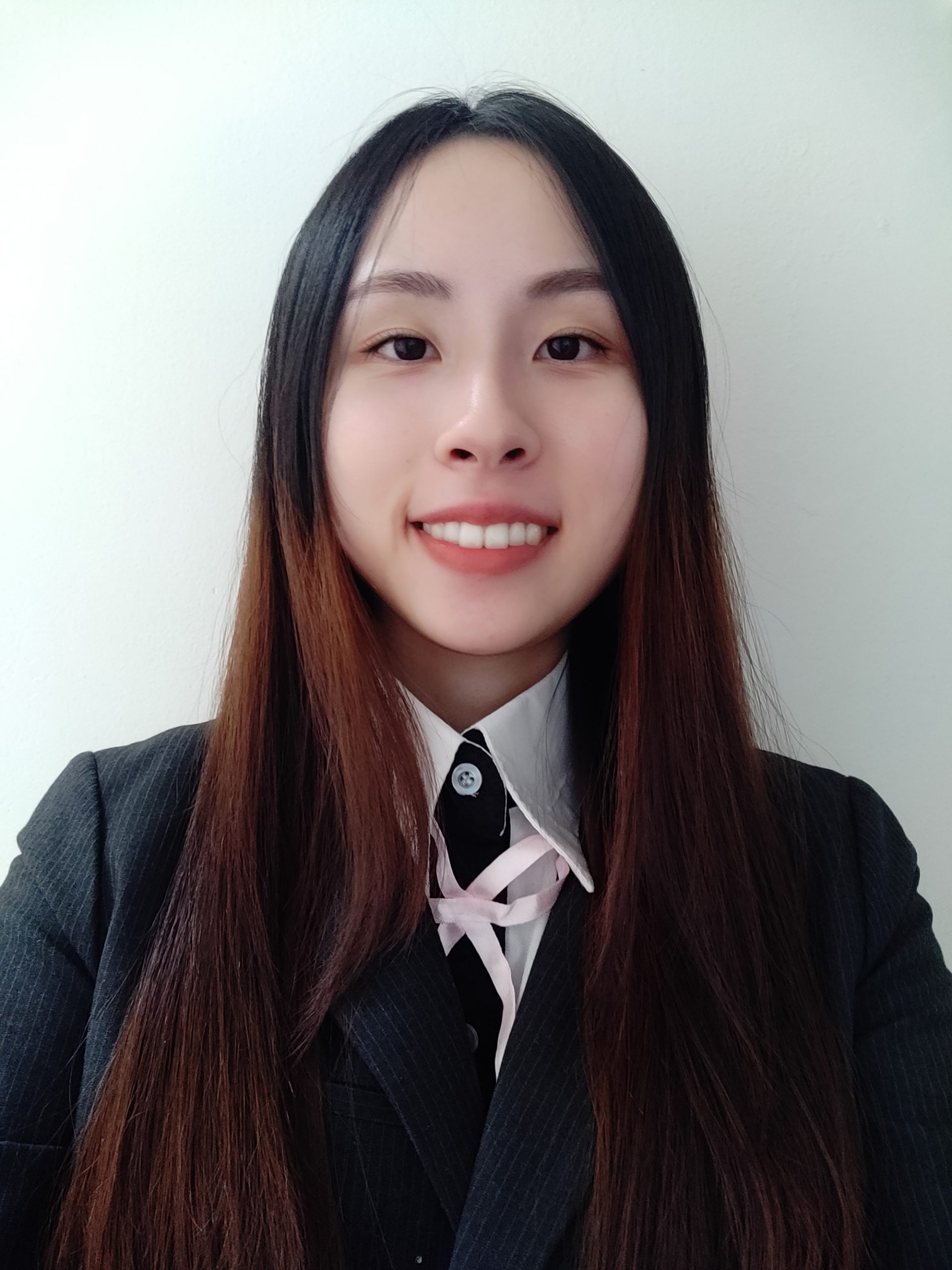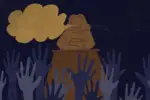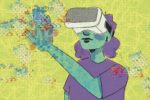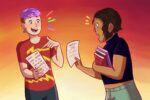In storytelling media, gamers, readers and spectators are met with many common tropes. Although some may be more common depending on the genre an individual likes, there is no doubt that they have been exposed to at least one trope multiple times. Our current media landscape tends to popularize stories littered with cliches and predictable outcomes. Don’t get me wrong — many stories with common tropes have many underlying themes and messages that can inspire audiences when done correctly. However, some tropes—whether done intentionally or unintentionally — can be dangerous and instill toxic beliefs in the public.
Listed below are three common tropes that many — if not all — story lovers have come across in media and their core ideologies.
1. The Damsel in Distress
We most likely all have heard this term before and know what stories with this trope entail. But for those who want a more specific definition, it has been outlined as “a female character put into immediate danger in order to put the cast in motion.” Spark any memories of familiar tales? I can name a few.
Those who grew up and thrived on the “Super Mario” franchise know its basic plot. The main character Mario journeys through the Mushroom Kingdom or across lands and worlds to save the kidnapped Princess Peach from evil King Bowser. All the “Super Mario” games tell a reiteration of the same story with the same trope to accompany it. Take “Super Mario Galaxy,” released in 2007, 22 years after the first official game release. However, one simple change was made — not in the story, but where the story unfolds. Instead of traveling around the Mushroom Kingdom to save the Princess, the player controlling Mario journeys across the universe instead.
Although seemingly harmless from the outside, the poor portrayal of women in the “Super Mario” franchise can be quite damaging. The Princess, who seemingly always waits for Mario to rescue her, reinforces the stereotypical idea that women are always in need of saving and are incapable of being independent. In a way, her helplessness is an insult to the women’s liberation movement and feminist reforms they strive for.
Of course, I do not mean to say that the intention of the Mario series or any series, in general, is to undermine women and their role in society. Despite the weak representation of women throughout most of the games, I can still say I enjoyed playing the games and their action-packed flow. However, the recycled “damsel in distress” trope prevalent in the series, in a way, appears outdated in a world striving toward social reform. In support of women and any social improvement, stories should emphasize that ideology. The legacy of the “damsel in distress” trope should be left behind in the past or be told in a way that highlights women in a better light.
2. The Chosen One
Another popularized trope in media revolves around the focus on one character, known as “The Chosen One.” As the title itself indicates, “The Chosen One”, usually the protagonist of the story, is given a duty that is exclusive to them. Many stories with this trope tend to have the character defeat the main antagonist and save the world from impending doom.
One series that strongly embodies this trope is the “Harry Potter” series, where Harry Potter, an orphan who discovers his wizard heritage, is tasked with defeating the evil Lord Voldemort upon his acceptance to Hogwarts. Many individuals grew up on this series, since it was popularized through the movies. Who would not want to see magic and creatures galore? However, like many other tropes, this one is frequently overused and teaches our society more about its underlying issues.
It is slightly harder to pinpoint the concern in this particular trope in comparison to the “damsel in distress” one — after all, what is wrong with being tasked to save the world? Well, similarly, our society is separated into an array of social ladders, where the general population looks up to higher officials to fix many problems. From social issues to economic issues to international ones, we view our world leaders as the chosen ones who save our society from falling apart, even though we also have the power to move the world.
Since “The Chosen One” trope typically revolves around one person, everyone else lacks responsibility. Instead of taking matters into their own hands, they give up their independence and give the entire spotlight to a character that is probably capable of the same things they are. As interesting as it is to see a protagonist go through many stages of grief, action or both in one story, I personally think that teamwork is far more interesting to watch. Just like in real life, we are also responsible for the well-being of our country. Instead of being entirely dependent on our world leaders, we should also recognize that we have the same ability they do — perhaps even on a larger scale.
3. The Bad Guy
In every story, there always must be a person who is regarded as a common enemy by everyone. This character is also normally depicted in a way where the reader feels no pity for them when eventually struck down by the main protagonist. A character that is purely evil with no sense of remorse, a character with only evil intentions — that is what being “the bad guy” is all about. But has anyone actually thought about what makes up the villain aside from their obvious “flaw”? What about their goals and ambitions? Their stories?
Realistically, there is no one in this world that is completely good or completely bad. There are plenty of people who do good things, but that does not make them wholly good. The same could be said about people who have done many bad things — that does not make them unredeemable. Depicted in many stories are villains that have no ambitions other than taking over the world and being simply “evil.” In a way, this sets an unrealistic standard where once someone screws up once or does something that goes against our individual morals, we will automatically shun them instead of getting to the root of the problem.
Without a bad guy, a story would be relatively boring. If an issue were to end over a cup of coffee and a nice little chat, the story would have no purpose in itself. However, as mentioned before, villains do not have to be depicted only in an evil light. Realistically they should have goals and motivations, or some build-up that explains why they are the way they are. Take the film “Joker,” which tells an alternative foundation story of the supervillain, the Joker, for example. He did not start out as an evil person — just someone who was trying his best to get through a judgmental society. And this allows the viewer to elicit some pity for someone who was represented as someone being just “pure evil.”
The Lessons of Common Tropes
Many tropes have been recycled over and over in media — some with their own creative spins, while others remain stationary in our society that still struggles for social reforms. Although tropes in media are not the sole reason why our society is the way it is, I believe that they do contribute negatively in some way. To offer some complex dynamics and plotlines in stories, and to subtly push for social reform, tropes should be revitalized and/or completely changed for the advancement of our society.


